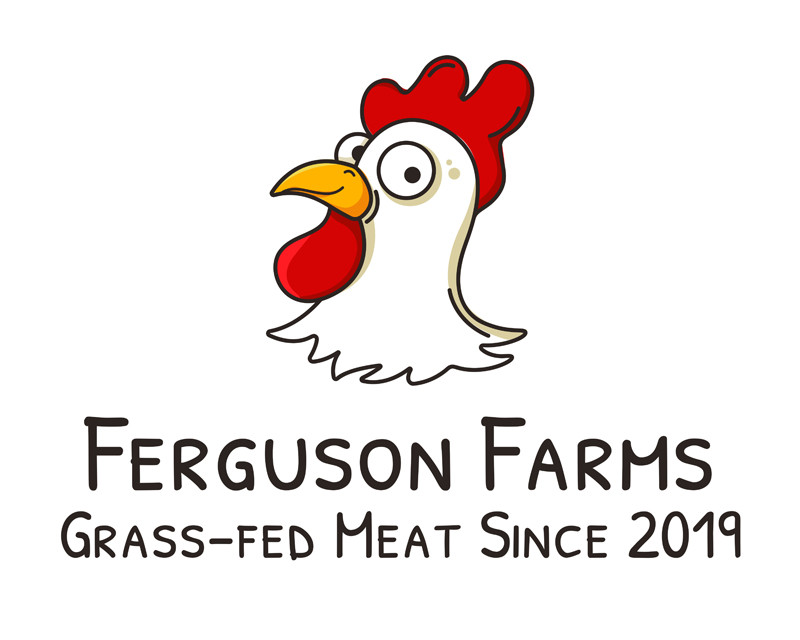Offal 101: Benefits, Cooking Tips, and Recipes for Organ Meats
posted on
August 14, 2025
For generations, organ meats — often called offal — were a prized part of the diet. Today, they’re making a comeback thanks to the growing interest in nose-to-tail eating and the nutritional power these cuts provide. Whether it’s grass-fed beef liver, slow-braised beef shank, or rich bone marrow, offal offers an unmatched nutrient profile and flavor experience that’s worth rediscovering.
What Is Offal?
Offal refers to the edible internal organs and parts of an animal that are beyond the standard muscle cuts. Common examples include liver, heart, kidneys, tongue, sweetbreads, and marrow bones. In many cuisines — from French and Italian to Mexican and Middle Eastern — these cuts are considered delicacies.
Why Organ Meats Deserve a Place on Your Plate
Modern diets tend to favor muscle meat, but organ meats are often richer in vitamins, minerals, and unique compounds than a steak or roast. The Cleveland Clinic notes that organ meats are particularly high in iron, zinc, and vitamin B12 — nutrients vital for energy, brain function, and immune health.
According to a 2023 NIH review, just 3 ounces of beef liver can contain more than 3,000% of your daily vitamin B12 needs, over 800% of your vitamin A needs, and nearly your entire daily requirement for copper. That makes it one of the most nutrient-dense foods on the planet.
Popular Types of Offal and Their Benefits
Liver
Liver is the superstar of the organ meat family. It’s loaded with vitamin A, vitamin B12, folate, iron, and high-quality protein. A single serving can deliver more nutrition than most multivitamins — but in a natural, bioavailable form your body can use immediately.
Heart
Beef heart is rich in CoQ10, an antioxidant that supports heart health and energy production. It’s also lean, flavorful, and versatile — perfect for grilling, braising, or slow cooking.
Kidneys
Kidneys are packed with vitamin B12, riboflavin, and selenium, a mineral critical for thyroid health. When properly prepared, they have a mild flavor and tender texture.
Bone Marrow
Bone marrow delivers healthy fats, collagen, and key minerals. It’s a staple in classic dishes like roasted marrow bones and beef shank ossobuco. For a deep dive into this ingredient, see our blog on restaurants that serve bone marrow.
Beef Shank
Beef shank is a cross-cut portion of the leg, often braised to unlock its rich flavor and tender texture. Thanks to its marrow content and connective tissue, it’s excellent for stews and soups. For cooking tips, check our organ meat benefits guide.
Cooking Offal: Tips for Success
- Source high quality: Always choose grass-fed, pasture-raised organ meats from trusted farms. This ensures better flavor, higher nutrient content, and avoids unnecessary hormones or antibiotics.
- Mind the freshness: Organ meats are highly perishable. Use them within a day or two of purchase or freeze immediately.
- Use proper prep: Soaking liver or kidneys in milk or lemon water can mellow strong flavors. Trim connective tissue when needed.
- Cook to the cut: Quick searing works for liver and heart, while long, slow braising is best for shanks and tongue.
How Offal Fits Into a Balanced Diet
Because organ meats are so nutrient-dense, you don’t need to eat large portions to get their benefits. Many nutritionists recommend 3–6 ounces once or twice a week. This fits well with a grass-fed beef-centered diet, which emphasizes quality over quantity.
Health Benefits of Organ Meats
Drawing from both WebMD and NIH research, here are some key advantages:
- High bioavailable nutrition: Nutrients in organ meats are more easily absorbed than those in many plant sources.
- Supports energy production: Rich in iron, B vitamins, and CoQ10, which help fight fatigue.
- Promotes brain and nerve health: High B12 and choline levels support cognitive function.
- Joint and skin health: Collagen and glycine from cuts like shank and marrow support connective tissues.
- Whole-animal utilization: Eating offal supports sustainability by reducing waste and honoring the entire animal.
Offal in Global Cuisine
Offal isn’t just a Western concept — it’s celebrated worldwide. In France, dishes like pâté and foie gras elevate liver to gourmet status. In Mexico, tacos de lengua (beef tongue) are street food favorites. Italian ossobuco showcases beef shank braised with vegetables, wine, and stock until fall-off-the-bone tender.
Sample Offal Recipes to Try
Pan-Seared Grass-Fed Beef Liver with Onions
Lightly dredge liver slices in seasoned flour, then sear in butter for 2–3 minutes per side. Serve with caramelized onions.
Slow-Braised Beef Shank
Brown shank pieces, then simmer in red wine, stock, carrots, celery, garlic, and bay leaves for 3–4 hours until fork tender.
Roasted Bone Marrow
Roast split marrow bones at 450°F for 15 minutes. Scoop onto toasted bread with a sprinkle of sea salt and parsley.
Storing and Freezing Tips
- Refrigerate fresh organ meats at 32–34°F and use within 1–2 days.
- Freeze in airtight packaging for up to 3 months.
- Thaw in the refrigerator overnight — never at room temperature.
Where to Buy Quality Offal
Seek out local butchers, farmer’s markets, or trusted online sources. At Ferguson Farms, our organ meats come from grass-fed, pasture-raised cattle, ensuring maximum flavor and nutrition. Learn more in our cost vs. value analysis of grass-fed beef.
Final Thoughts
Offal offers a unique opportunity to diversify your diet with nutrient-packed foods that also support regenerative agriculture. From the iron-rich power of liver to the silky texture of bone marrow, these cuts deliver both flavor and function. By sourcing from ethical farms and learning proper preparation, you can enjoy offal in ways that are healthy, delicious, and sustainable.
About the Author
Mike Ferguson is the founder of Ferguson Farms, a regenerative farm based in Plant City, Florida. With decades of hands-on experience raising grass-fed beef and pasture-raised poultry, Mike is passionate about clean food, ethical sourcing, and educating consumers about where their meat really comes from. Through Ferguson Farms, he’s helping families eat better by reconnecting them to the land — and the people behind their food.




